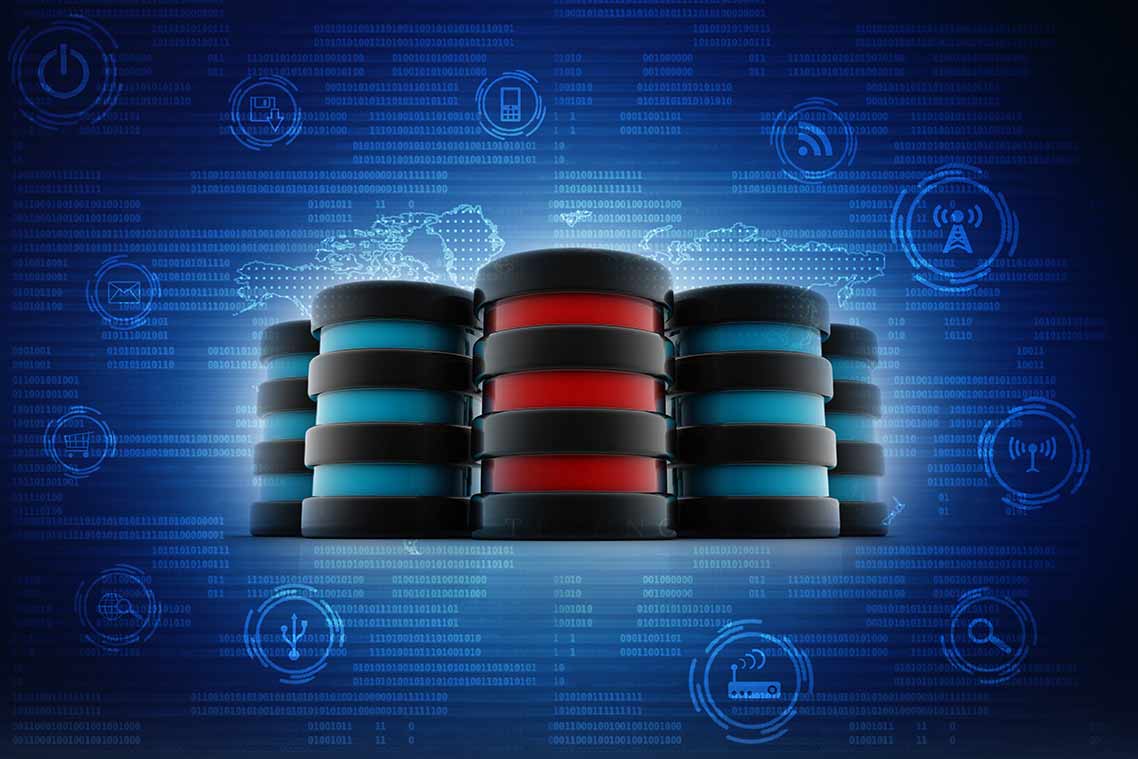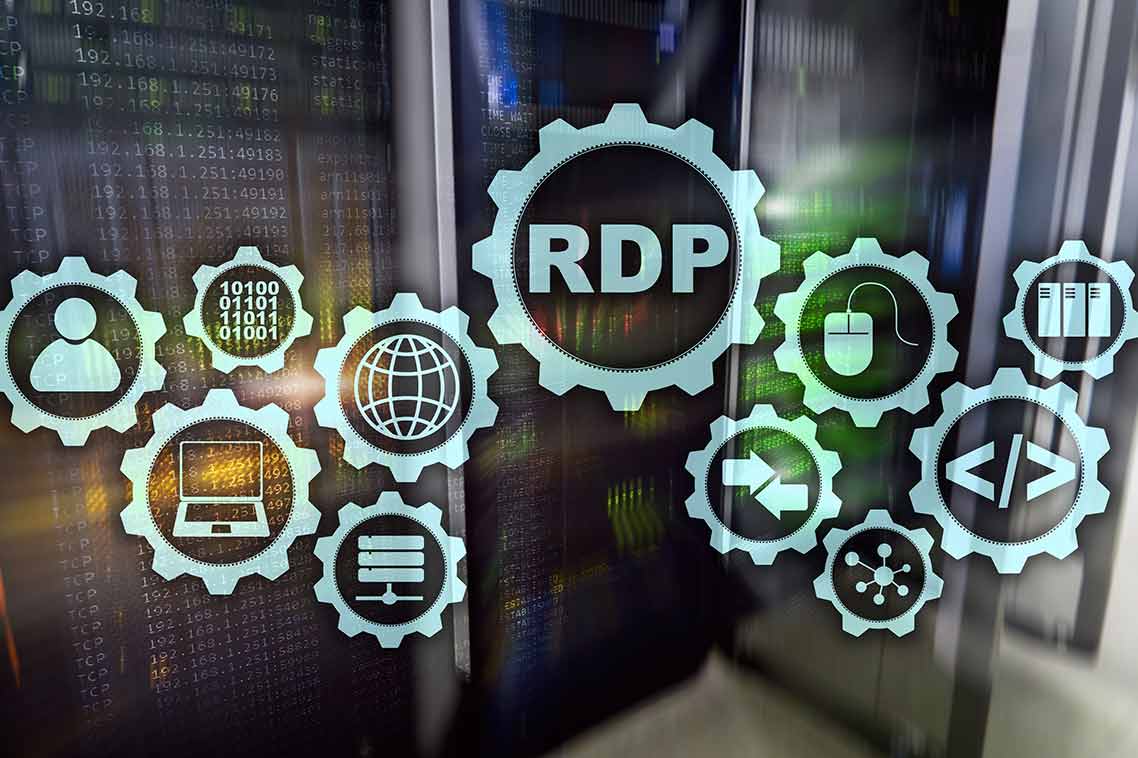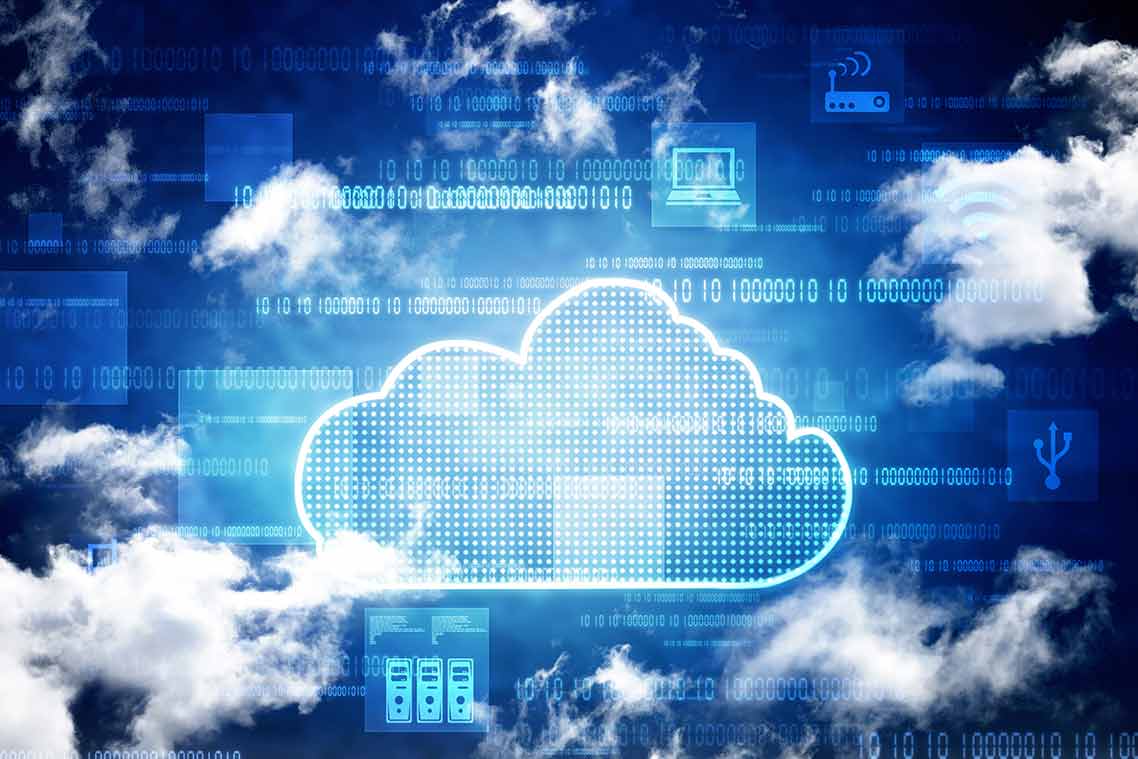Virtualization allows a single piece of computer hardware to be shared among several virtual machines (VMs). Aside from lowering equipment costs and generating extensive cost savings, virtualization eases resource and IT management, improves business...
Windows Virtual Desktop (renamed to Azure Virtual Desktop) is a Desktop as a Service (DaaS) offering from Microsoft that runs in the cloud and virtualizes desktops and applications. It offers simplified management and optimization for Microsoft 365...
Raw Device Mapping (RDM) is VMware’s virtualization technology that allows a virtual machine (VM) to access a logical unit number (LUN) directly. IT administrators can then format the LUN using any file system, such as New Technology File System (NTFS)...
A firewall is an essential layer of security that acts as a barrier between private networks and the outside world. From first-generation, stateless firewalls to next-generation firewalls, firewall architectures have evolved tremendously over the...
Device as a Service eases the IT needs of an organization by bundling hardware with software and other services. DaaS offers it to the company as a service. But what...
Creating and maintaining multiple virtual machines (VMs) at all the levels of the computing stack is a fundamental component of any modern IT infrastructure. Replication remains the most powerful tool that organizations can use to...
Tsclient is the executable name for the Parallels® RAS Client for Windows. It is lightweight, easy-to-install and leverages the capabilities of Microsoft Remote Desktop Protocol (RDP). If you’re just getting started with...
The Infrastructure-as-a-Service (IaaS) marketplace has reached its tipping point in the wake of emerging realities such as remote working. Competition within the IaaS marketplace is now fierce, and it’s a...







